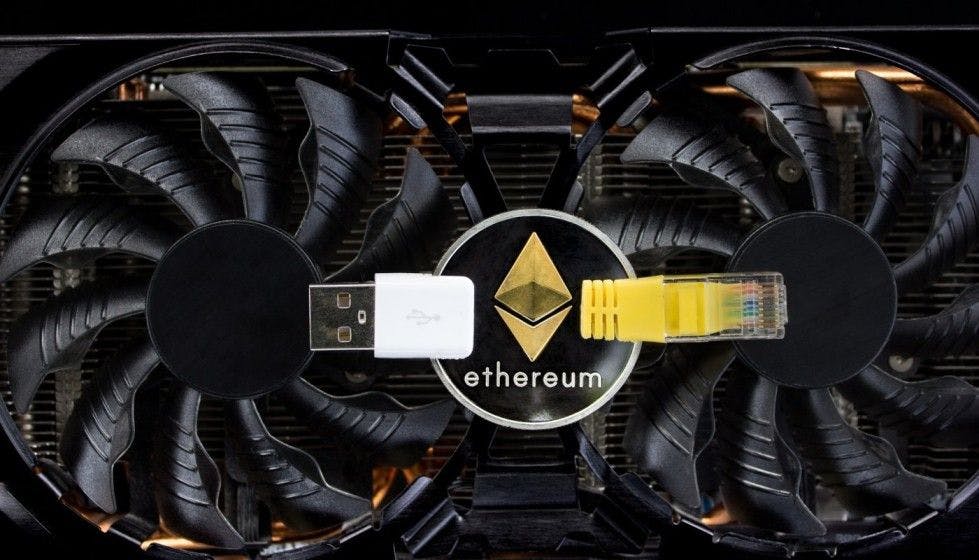The Ethereum Virtual Machine (EVM) is a robust, sandboxed virtual implicit enclosed within each complete Ethereum node, capable of performing contract bytecode. Contracts are normally inscribed in higher-level languages, like Solidity, then gathered to EVM bytecode.
Virtual machines are actually building a level of detachment between the executing code and the executing machine. This layer is required to develop the portability of software, as well as to make sure applications are parted from each other, and isolated from their host.
The EVM is required for the Ethereum Protocol and is necessary to the consensus generator of the Ethereum system. It enables anyone to achieve code in a suspicious ecosystem in which the result of execution can be confirmed and is completely deterministic (i.e.) administering smart contracts.
Gas and Ethereum Virtual Machine Bytecode
On Ethereum, gas is also called a fee. Every particular transaction that is executed on the Ethereum network needs that a fee is added to it, which is spent in the form of gas. The idea of Ethereum’s gas can be divided into two: gas and gas price.
Ethereum Gas is a factor of estimating the computational performance of running transactions or smart contracts in the Ethereum network. This method is related to the application of kilowatts (kW) for estimating electricity of the house; the electricity utilized by people is not estimated in dollars and cents but preferably over kWH or Kilowatts per hour. The price is not demanded by wallets or other assistance providers; rather, it is given to miners for mining blocks of activities and for defending the Ethereum blockchain. This price is given by users to miners and is subtracted from their total transaction value.
It is essential to know that various types of transactions need a diverse volume of gas to achieve. On the Ethereum network, the decisive transaction price is estimated in Ether. It is determined by the product of the gas limit and the gas price. This following equation is applied for measuring ETH (or Transaction fees):
Ether = Tx Fees = Gas Limit * Gas Price
The Ethereum Virtual Machine holds its individual programming language, known as the ‘EVM bytecode’. When code is inscribed in higher-level programming languages such as Ethereum’s contract-focused language Solidity, this code can then be compiled to the EVM bytecode, so that the Ethereum Virtual Machine can know what has been composed.
The EVM accomplishes Turing Completeness by allowing a market that takes charge per software guidance executed instead of per fiscal transaction accomplished as Bitcoin does. Instead of a transaction price, you have a kind of fee for managing programs.
As mentioned earlier, the Ethereum Virtual Machine is accountable for controlling inner state on the network. The machine must hold the record of that status of various components in order to strongly support a transaction. This is critical because it is the state of these elements that really push the level of transformation in the overarching blockchain. This is why Ethereum is usually defined as being a transaction-based state machine.
Disclaimer: This information should not be interpreted as an endorsement of any cryptocurrency. It is not a recommendation to trade. The crypto market is full of surprises and overhyped assets. Do your research before buying anything. Do not invest more than you can afford to lose.
Follow us on Twitter, Facebook, Steemit, and join our Telegram channel for the latest blockchain and cryptocurrency news.

